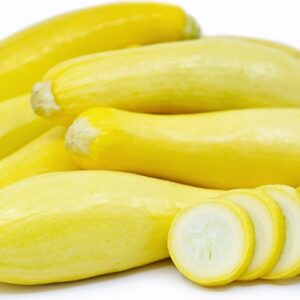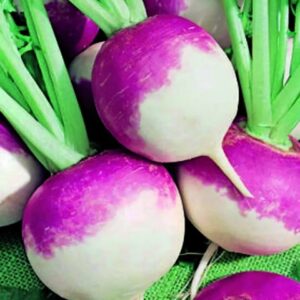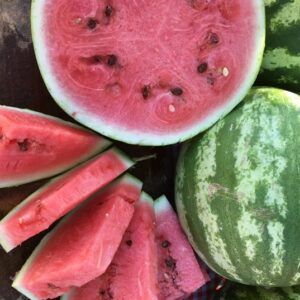Lettuce
VEGETABLE COMMONLY SOURCED FOR EXPORT IN USA
The USA exports a diverse range of vegetables to various international markets. Here’s a list of 50 types of vegetables commonly sourced for export, along with popular varieties for each: Certainly! Here are the descriptions and planting instructions for the common lettuce varieties sourced for export in the USA: Description: Romaine lettuce, also known as cos lettuce, is characterized by its elongated, sturdy leaves with a slightly bitter flavor and a crisp texture. It’s commonly used in salads, sandwiches, and wraps.
1.Romaine Lettuce:
Planting Instructions:
VEGETABLE COMMONLY SOURCED FOR EXPORT IN USA
The USA exports a diverse range of vegetables to various international markets. Here’s a list of 50 types of vegetables commonly sourced for export, along with popular varieties for each: Certainly! Here are the descriptions and planting instructions for the common lettuce varieties sourced for export in the USA: Description: Romaine lettuce, also known as cos lettuce, is characterized by its elongated, sturdy leaves with a slightly bitter flavor and a crisp texture. It’s commonly used in salads, sandwiches, and wraps.
1.Romaine Lettuce:
Planting Instructions:





